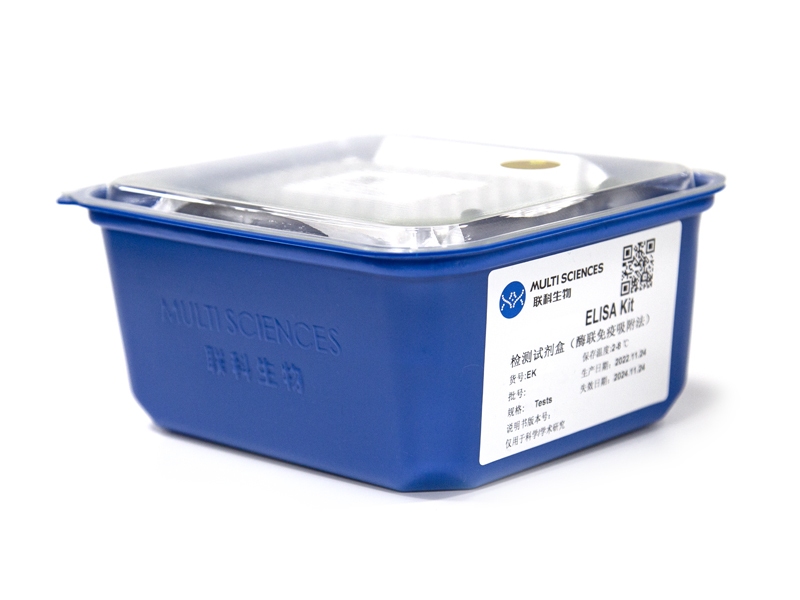OBJECTIVE To investigate the anti-inflammatory effect of electroacupuncture (EA) on chronic prostatitis/chronic pelvic pain syndrome (CP/CPPS), also known as chronic nonbacterial prostatitis (CNP), and explore its underlying mechanism. METHODS A CNP rat was established by surgical castration combined with 17-β estradiol injection in male Sprague-Dawley rats for thirty consecutive days. The CNP rats received EA treatment once a day for eight days. Chronic pelvic pain was evaluated by mechanical withdrawal threshold measurement. The histological change was assessed by hematoxylin-eosin staining. The inflammatory cytokines in prostates were determined by enzyme-linked immunosorbent assays. The expressions of toll-like receptor 4 (TLR4), myeloid differentiation factor 88 (MyD88), inhibitors of kappa‐B alpha (IκBα), and nuclear factor-kappa B (NF-κB) were detected by Western blotting. The nuclear translocation of NF-κB and the location of TLR4 were observed with immunofluorescence staining. RESULTS The results showed that EA decreased the prostate index, upregulated the mechanical withdrawal threshold, restored the histomorphology of the prostate, reduced the inflammatory factor levels, inhibited NF-κB p65 nuclear translocation, and downregulated the expression levels of critical proteins involved in the TLR4/NF-κB signaling pathway in prostates. CONCLUSIONS Our findings suggested that EA could relieve pelvic pain and attenuate prostatic inflammation in estradiol-induced CNP rats. The underlying mechanism may be related to the inhibition of the TLR4/NF-κB signaling pathway.
文章引用产品列表
-
- EK382
- ELISA试剂盒
Rat TNF-a ELISA Kit检测试剂盒(酶联免疫吸附法)
- ¥1,600.00 – ¥10,800.00
-
- EK382HS
- 高敏试剂盒
Rat TNF-α High Sensitivity ELISA Kit检测试剂盒(酶联免疫吸附法)
- ¥2,000.00 – ¥3,400.00
-
- EK306
- ELISA试剂盒
Rat IL-6 ELISA Kit检测试剂盒(酶联免疫吸附法)
- ¥1,600.00 – ¥10,800.00
-
- EK306HS
- 高敏试剂盒
Rat IL-6 High Sensitivity ELISA Kit检测试剂盒(酶联免疫吸附法)
- ¥2,000.00 – ¥3,400.00
-
- EK301B
- ELISA试剂盒
Rat IL-1β ELISA Kit 检测试剂盒(酶联免疫吸附法)
- ¥1,600.00 – ¥10,800.00
-
- EK301BHS
- 高敏试剂盒
Rat IL-1β High Sensitivity ELISA Kit检测试剂盒(酶联免疫吸附法)
- ¥2,000.00 – ¥3,400.00



